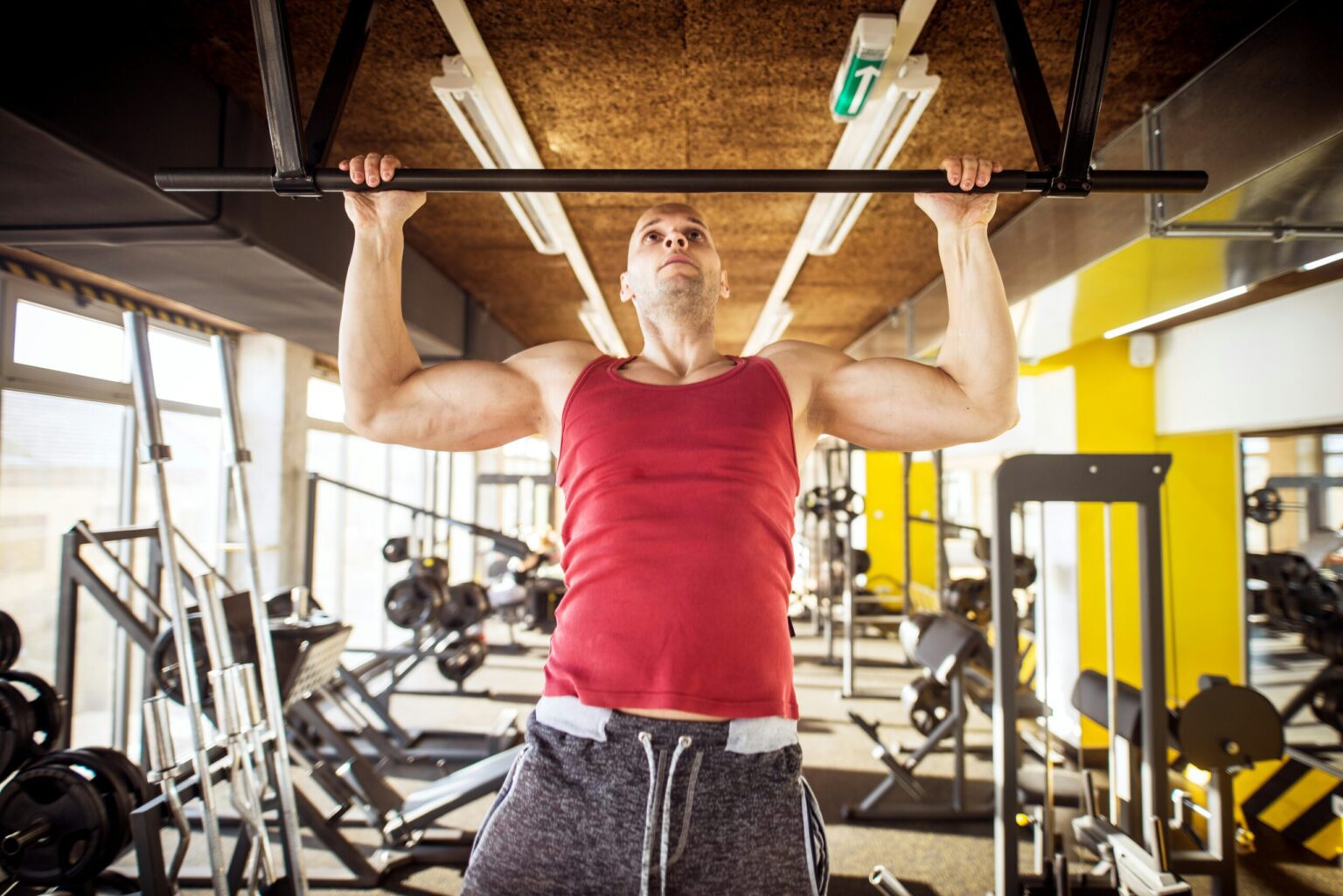Building a strong upper body requires a balanced workout routine that targets various muscles in the arms, chest, and back. A well-structured program that engages every part of the upper body is essential for strength and size gains. For those looking to streamline their workouts while boosting muscle mass, a push-pull-legs split is highly effective.
Understanding Pull Day Workouts
Pull exercises primarily target your posterior chain, which includes muscles you can’t see directly, such as your back, biceps, and rear delts. These exercises are not only essential for building an impressive physique, but they also promote healthier joints and improve performance in other movements, like pushing exercises.
“In pull day workouts, you’re primarily focusing on movements where the load is pulled toward you, involving the back, biceps, and deltoids,” says Marshall Weber, a fitness expert. “Full core engagement is necessary to perform these movements correctly and prevent injury.”
Key Pull Muscles and Their Importance
The posterior chain includes several important muscles that must work together to maintain balance, strength, and function. These muscles include:
- Brachialis
- Biceps Brachii
- Erector Spinae
- Lats
- Rear Deltoids
- Rhomboids
- Traps
Each of these muscle groups plays a role in supporting overall strength. Strong glutes, hamstrings, and a thick upper back not only contribute to posture and physical appearance but are also crucial for maintaining athletic power and joint health.
What Is a Pull Day Workout?
A typical pull day workout is part of a push-pull-legs routine, where you alternate between targeting specific muscle groups over a three-day cycle. This allows you to focus on fewer muscles each session, leading to more volume and greater muscle development. During pull workouts, the key difference is in the movement direction: pulling movements draw the weight toward your body, engaging your back, biceps, and rear delts.
Mario Kiaunis, a certified personal trainer, explains, “Pull workouts engage muscles in two main directions: horizontal and vertical pulls. Horizontal pulls target the rhomboids and trapezius, while vertical pulls activate the lats and teres major. To round out the workout, bicep curls complete the pull day routine.”
Top Pull Day Exercises
To maximize the effectiveness of your pull day, start with compound movements that recruit multiple muscle groups and allow for maximum effort. As fatigue sets in, move toward more isolated exercises to fine-tune the posterior chain. Here are some essential pull exercises to include in your routine:
1. Barbell Deadlift
- How to Do It: Stand with your feet hip-width apart and grip the barbell. Keeping a neutral back, push through your heels to lift the bar to your thighs. Engage your core and maintain a close connection with the bar as you lift.
- Muscles Worked: Spinal erectors, glutes, hamstrings, quads, and core.
2. Pullups
- How to Do It: Grip the bar slightly wider than shoulder-width and hang with your body tight. Pull your elbows down to lift your chin above the bar, then lower slowly to full extension.
- Muscles Worked: Lats, biceps, infraspinatus.
3. Bentover Row
- How to Do It: With a barbell, hinge at your hips to lower the weight. Keep your spine neutral and pull the bar toward your ribcage, engaging your upper back as you row.
- Muscles Worked: Lats, rhomboids, traps, spinal erectors.
4. Cable Reverse Flye
- How to Do It: Stand with two cable pulleys at shoulder height. Grasp one handle in each hand, and perform a flye motion by extending your arms out to the sides, squeezing your shoulder blades together.
- Muscles Worked: Rear delts, rhomboids, traps.
5. Lat Pulldown
- How to Do It: Secure your knees under the pad and grip the handle wider than shoulder-width. Pull the bar down to your chest while squeezing your shoulder blades together, then return slowly.
- Muscles Worked: Lats, traps, rhomboids, biceps, deltoids.
Conclusion: Achieving a Stronger Upper Body
By incorporating these pull exercises into your routine, you’ll target key muscles to build strength, enhance posture, and improve overall performance. Focus on progression and consistency to see significant gains in muscle size and power. Over time, these movements will not only shape your back and biceps but will also lead to better function in other physical activities.
